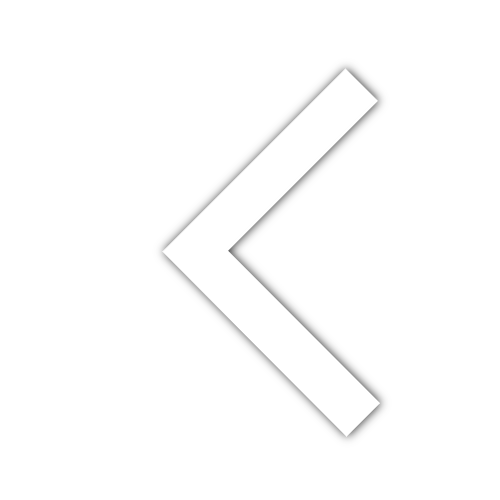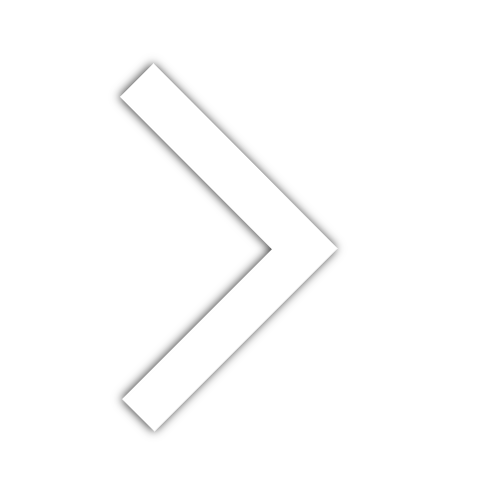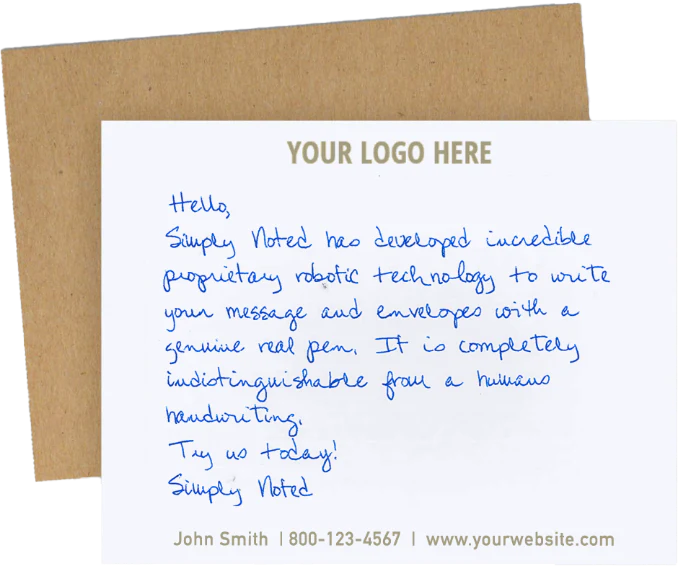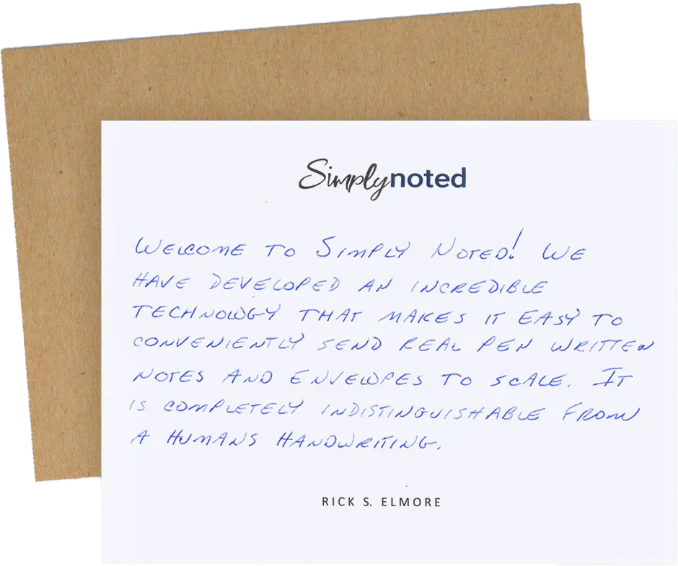10 Essential Letter Starters: Boost Your Professional Writing Skills

10 Essential Letter Starters: Boost Your Professional Writing Skills
Crafting effective openings for professional letters is paramount to making a lasting impression. This post delves into the art of writing impactful letter starters that can capture readers’ attention and set the right tone throughout correspondence.
Key Takeaways
- Understand your audience and tailor your tone to create an effective letter opener.
- Be concise and direct to convey a message professionally.
- Avoid overused phrases, inappropriate tone, and spelling/grammar errors when writing letter starters.
CRAFTING THE PERFECT LETTER OPENER
To write a successful letter, you must consider who your audience is and adjust the tone accordingly while efficiently conveying information. With this approach to crafting your opener, it will ensure that readers engage with what you have written and ensure its professionalism is shown.
Understand Your Audience
The tone of a letter and the content within can be heavily influenced by being aware of who your recipient is, their job position, preferences, or expectations. For example, if you are addressing someone with an important job title, including this in the salutation alongside their name would demonstrate respect. Considering characteristics such as gender when writing also shows consideration that could build strong relationships, which aids in successful communication for both parties involved.

Tailor Your Tone
When writing a letter, the tone and formality should be adapted to match that of the recipient to establish an appropriate connection. For instance, in business communication with someone you are familiar with, it is okay to use a less formal approach compared to when sending out job applications or other official documents, which call for more seriousness. To start on favorable terms, one must adjust their language according to who they are communicating with. This can help create a successful correspondence between the parties involved.
Be Concise and Direct
When writing a letter, expressing yourself clearly and directly in the opening sentence is essential. This ensures that your main point can be communicated efficiently and without ambiguity. This aids understanding from the recipient, which encourages an appropriate response.
To ensure brevity when crafting letters, techniques such as removing unneeded words or phrases should be utilized while employing clear language with sentences written using active voice. A formal style will convey professionalism through respecting the reader’s time.
TYPES OF LETTER STARTERS: FORMAL VS. INFORMAL
Letter starters can come in two varieties based on the context and the recipient's gender: formal or informal. Formal letters should be more ceremonious and professional, whereas informal ones should have a lighter and friendlier atmosphere. The following paragraphs will provide details of both types of starter with some samples to demonstrate their use.
Formal Letter Starters
When writing a professional letter, such as business correspondence or cover letters, one must begin with an appropriate salutation and title. For instance, “Dear Hiring Manager” or “Dear Mr. Smith.” Verifying the recipient’s name spelling and using their correct title followed by surname when sending a formal letter is essential.
Also, consider your relationship to contact person with them while crafting the perfect greeting. This will help create respectful and effective communication that can be achieved by selecting an ideal starting phrase for the message.

Informal Letter Starters
For informal or personal correspondence, the tone of a letter can be set by starting with first names and casual salutations. To illustrate this point, when writing to someone close, such as family or friends, one could open their message with “Hey [Name]!” Alternatively, if it is more formal, then using “Dear [Name]” may fit your letter's beginning.
It’s crucial that while keeping an informal structure within letters, there should also remain a sense of professionalism due to certain expressions being inappropriate for these types of communication (such as slang terms). Thus, stick to polite language rather than contractions. Avoid words like ‘Hi’ and instead opt for greetings like “ Dear[name].”
ATTENTION-GRABBING LETTER STARTERS
Letter writing can be a great way to capture the reader’s attention. Consider beginning your letter with an interesting question, relevant personal story, or well-known quote to stand out. Let’s look at these ways of starting a letter in more detail below.
Using a Question
Beginning a correspondence with an exciting query can draw in the reader and persuade them to continue reading. To achieve success utilizing this approach, ensure your question is relevant, intriguing, succinctly phrased, and done professionally while considering who it’s being sent to. An effectively crafted inquiry will spark curiosity and prompt readers to introspection. Writing a thought-provoking opener grabs the recipient’s attention and increases the chances of your message successfully impacting them.
Sharing a Personal Anecdote
Opening your letter with a personal anecdote can help form an emotional connection between you and the reader. An animated narrative that pertains to the topic of the letter is sure to create a lasting impact on anyone who reads it. Make sure not to overcomplicate things by trying too hard for attention-grabbing language. Storytelling will capture their interest, making your note stand out.
Quoting a Famous Person
Beginning a letter with an apt quotation from someone famous can add authority and pique interest. By carefully selecting the correct quote to represent your message best, you demonstrate competence while engaging readers instantly.
The quoted phrase should be associated with what is written in the rest of the letter, motivational or uplifting, and properly sourced. An appropriate selection at its start will help create a successful document that conveys one’s thoughts effectively.

ADDRESSING UNKNOWN RECIPIENTS
Knowing how to address unknown recipients while staying professional can be tricky. We have some tips that will help you figure out the recipient’s name and craft a suitable salutation for them in a courteous tone.
Researching the Recipient
To guarantee your correspondence is received by the correct person, it’s crucial to spend time researching who that may be. This could entail utilizing the organization’s website or LinkedIn profile for their name or even enquiring directly with them so you can ensure accuracy when addressing someone in a letter. Taking this step shows respect and professionalism towards not only the recipient of your message but also demonstrates dedication on behalf of yourself as well. Doing all this increases the likelihood that they will take note and respond favorably upon receipt.
Using Generic Greetings
When you can’t identify the recipient of a letter, using one of many generic salutations like “Dear Sir or Madam,” “To Whom It May Concern,” and even just “Greetings” is an option. It’s essential to be mindful when picking from these options and use them rarely to remain respectful yet professional with your professional greeting.
Ensure that your chosen aligns with your letter's context for best results! Although we may not know their name specifically, expressing something as simple as ‘dear’ shows politeness towards whoever reads it. Examples such as “Dear Sir/Madam” are commonly used. Still, great care must also be taken regarding its tone, which should always reflect professionalism throughout any writing sent out!

COMMON MISTAKES TO AVOID IN LETTER STARTERS
When crafting an effective letter opener, one should be aware of certain errors that can make it less impactful. Overused phrases, wrong tone, and spelling or grammar mistakes are errors to avoid for better effectiveness. If these points are taken care of, the chances of creating a successful opener increase.
Overused Phrases
Writing an original and engaging opener for your letter helps you make a good impression on the reader. Instead of relying on cliched language, using distinctive phrases will captivate the audience right away and effectively communicate the intended message. Crafting a unique introduction is vital to composing a compelling letter that stands out.
Inappropriate Tone
When composing a letter, an incorrect tone in the opening can create a negative impression and diminish its overall goal. Ensuring that your message matches who you are addressing it to and for what purpose is crucial. For instance, it should be avoided from being condescending or very humorous since they may come across as impolite or unprofessional. Having suitable and respectful language immediately establishes a cheerful ambiance, facilitating effective communication afterward.
Spelling and Grammar Errors
Proofreading is essential to ensure your letter conveys the right message without any errors. Use grammar-checking tools like Grammarly, LanguageTool, and Scribbr’s Grammar Checker for greater accuracy. Showing attention to spelling and grammar shows courtesy and professionalism, enhancing your chances that the recipient will respond positively to what you have written in the letter.

Summary
Writing an effective opening in a letter is important for successful professional communication. With these helpful tips, such as being tailored and direct in business letters while avoiding common mistakes, you can create compelling correspondence that captures your reader’s attention, thus improving your writing skills on a whole new level.
Frequently Asked Questions
What is a good way to start a letter?
A formal salutation, “Dear [Name],” and title capitalization are preferred when starting a letter. It can be replaced by an informal one, such as saying “Hi [Name]” or simply stating “Hello [Name].”
What is a good word to start a letter?
I offer my most sincere regards as I pen this letter to you, [Name].
What is the importance of understanding my audience when crafting a letter opener?
To guarantee the best outcome of my message, it is vital that I accurately grasp who my audience is when constructing a letter opener. This will allow me to create a customized approach that links with them.
How can I tailor my tone to match the recipient and context of my letter?
To adjust the writing style for your letter to be suited and appropriate to its recipient's title, craft a tone that fits their formal level of discourse while engaging them from the get-go.
How can I address a letter when the recipient's name is unknown?
For an unknown recipient, one should use a polite expression such as “Dear Sir” or “Dear Sir or Madam”, for formality’s sake. The appropriate greeting is also to be used in this case, ranging from “To Whom It May Concern” to simply a pleasant-sounding “Greetings.”























